
What Is a Whiplash Injury?

What Is a Whiplash Injury?

Whiplash injury is an injury to the neck caused by a sudden jerking motion, typically from a rear-end collision in a vehicle. It is medically referred to as cervical acceleration-deceleration (CAD) syndrome. It may cause pain, stiffness, and muscle spasms in the neck and shoulders and may lead to chronic pain.
- A whiplash injury may cause pain, stiffness, and muscle spasms in the neck and shoulders.
- Symptoms of a whiplash injury may not appear until days or even weeks after the accident.
- Treatment typically includes physiotherapy, exercise, and pain management.
- The prognosis for recovery may vary depending on the injury’s severity and the treatment’s promptness.
- It may also cause long-term symptoms such as chronic pain, headaches, and post-traumatic stress disorder (PTSD).
Thus, it is vital to seek medical attention after an accident to determine the extent of any injuries and to receive appropriate treatment.
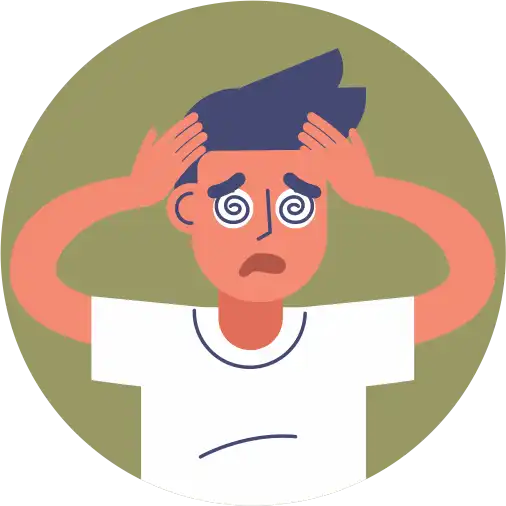
Symptoms Of Whiplash Injury


Symptoms Of Whiplash Injury
The symptoms of a whiplash injury can vary widely, but some common symptoms include neck pain and stiffness, shoulder pain, headaches, sleeplessness, and pain in the upper or lower back.
It’s important to note that symptoms may not appear until days or even weeks after the accident, and some people may not have any symptoms. It is essential to seek medical attention to determine the extent of any injuries and to receive appropriate treatment.
Short Term Symptoms
Whiplash injury can be uncomfortable or debilitating and can affect an individual’s ability to perform daily activities. People who experience a whiplash injury may develop the following symptoms within a few days (or 24 hours) after the injury:
- Neck pain and stiffness
- Shoulder pain
- Headaches, often starting at the base of the skull
- Dizziness and blurred vision
- Fatigue
- Problems swallowing
- Ringing in the ears
- Difficulty sleeping
- Irritability
- Memory and concentration problems
- Pain in the upper or lower back
- Numbness in the arms
Long-Term (Chronic) Symptoms
In general, if your initial symptoms post-whiplash were severe and intense, you may be at high risk of developing chronic pain. Long-term or chronic symptoms of a whiplash injury can include the following:
- Persistent neck pain and stiffness
- Chronic headaches
- Pain or numbness in the shoulders and arms
- Dizziness and balance problems
- Fatigue and difficulty sleeping
- Memory and concentration problems
- Irritability and mood changes
- Post-traumatic stress disorder (PTSD)
- Tinnitus (ringing in the ears)
- Depression and eat-sleep disorder
- Jaw pain and difficulty swallowing
- Sensory symptoms in the hands, arms, or legs
When To See a Doctor?
It is essential to seek medical attention as soon as possible after a whiplash injury. Even if you do not have any symptoms immediately following the accident, it is still important to be evaluated by a doctor to rule out the risk of broken bones and similar severe damages.
Headaches, dizziness, difficulty swallowing, and vision problems should not last long. If they do, tell your doctor. On the other hand, some symptoms of whiplash may not appear until days or even weeks after the accident. Therefore, early evaluation and treatment can help prevent the development of more serious or chronic conditions.
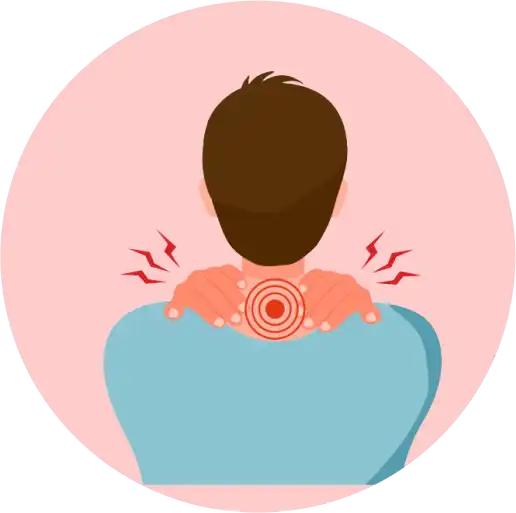
Causes Of Whiplash Injury

Causes Of Whiplash Injury
Whiplash injury is typically caused by a sudden and forceful head-jerking motion, most commonly from a rear-end collision in a vehicle. This can cause the muscles and ligaments in the neck to stretch and tear. Some other common causes of whiplash injury include:
- Contact sports injuries
- Physical abuse or assault
- A fall from a height
- Roller coaster or other amusement park rides
- Being hit by a falling object
- Shaken baby syndrome
It’s also worth noting that certain factors, such as poor posture, pre-existing neck pain or injury, and medical conditions like osteoarthritis, can increase the risk of developing a whiplash injury.

Complications Of Whiplash Injury
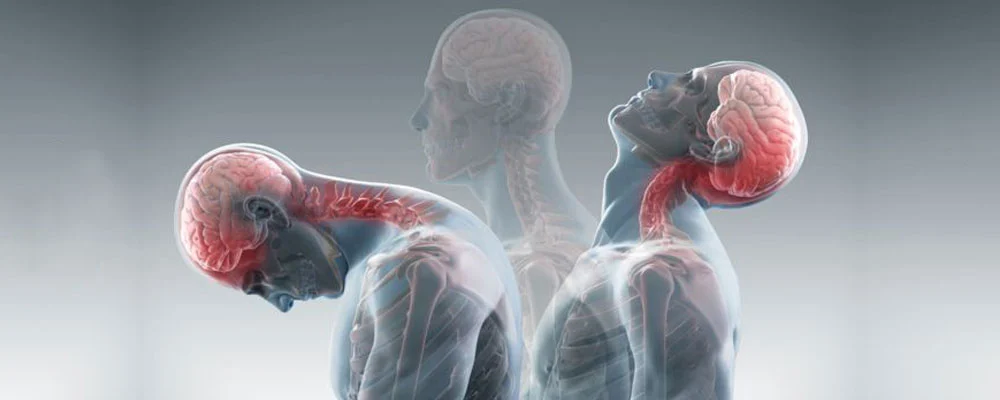

Complications Of Whiplash Injury
Whiplash injury can cause a wide range of complications, depending on the severity of the injury and the promptness of treatment. Some common complications of whiplash injury include:
- Persistent pain: Some people may have neck stiffness and pain that lasts for months or even years.
- Chronic headaches: A whiplash injury may result in headaches that last longer than three months and are considered chronic.
- Numbness: Rarely, a whiplash injury can damage the nerves in the neck, resulting in tingling or numbness in the hands and arms.
- Dizziness and balance issues: Whiplash can harm the inner ear, resulting in persistent dizziness and balance issues. Additionally, it might make you tired and make it hard for you to sleep, affecting your memory and focus.
- PTSD: People who experience traumatic accidents, like car crashes, may develop post-traumatic stress disorder (PTSD), leading to anxiety, depression, and other emotional issues.
When To See a Doctor?
You should seek emergency medical attention immediately if you have any severe symptoms such as loss of consciousness, neck pain or stiffness, seizures, weakness in arms or legs, or difficulty breathing.
Additionally, always follow up with your healthcare provider even if symptoms improve; it is important to ensure that the healing process is going well and that there are no underlying issues that need to be addressed.
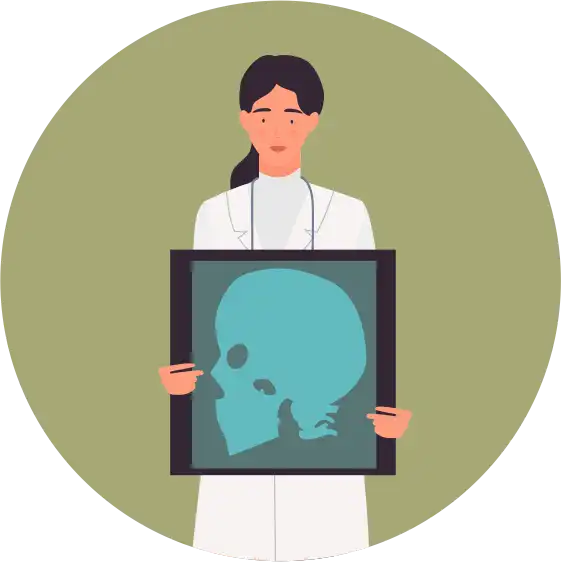
Diagnosis Of Whiplash Injury

Diagnosis Of Whiplash Injury
Diagnosing a whiplash injury typically begins with a physical examination and a review of the patient’s medical history by their general practitioner(GP). Your GP will ask about the circumstances of the injury and will check for symptoms such as neck pain, headaches, and dizziness.
Physical Examination
Your GP may also perform a physical examination of the neck, shoulders, and head to check for signs of injury, such as tenderness, swelling, and range of motion. In some cases, a healthcare provider may also refer a patient to a specialist, such as a neurologist or an orthopaedist, for further evaluation and treatment.
Imaging Tests
Your GP may also refer to imaging tests such as X-rays or MRIs to check for any structural damage or injury to the bones, muscles, or ligaments in the neck. These tests can help to rule out other injuries such as fractures, broken bones or dislocations.
Some people with whiplash injuries may not have any obvious signs of injury on imaging studies, such as X-rays or MRI, but still have symptoms. In such cases, the diagnosis is based on the patient’s symptoms, injury history, and physical examination.
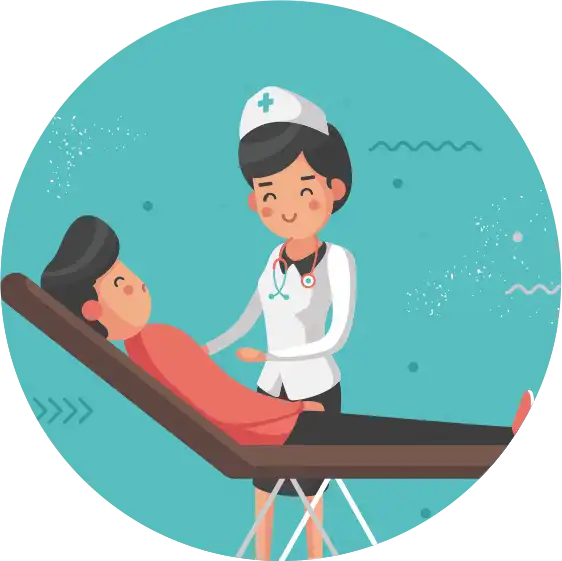
Treatment Of Whiplash Injury

Treatment Of Whiplash Injury
It is important to note that early diagnosis and treatments for whiplash can help prevent the development of more serious or chronic conditions.
Treatment for whiplash injury will depend on the severity of the injury and the symptoms the patient is experiencing. Some common treatments for whiplash injury include:
- Physical therapy: Physical therapy, or physiotherapy, can help to reduce pain and stiffness and improve the range of motion and strength in the neck and shoulders.
- Psychological therapy: Some people with chronic pain may benefit from psychological therapy, such as cognitive-behavioural therapy or biofeedback, to help them cope with the pain.
- Regular exercising: Following a whiplash injury, regular exercise can help improve the range of motion and strength in the neck and shoulders and prevent chronic symptoms.
- Rest and ice: In the first few days after the injury, it is essential to rest the neck and apply ice to reduce pain and swelling. Additionally, considering bed rest is the best cure for injuries that fall under CAD syndrome.
- Pain management: Pain can be debilitating and can affect an individual’s ability to perform daily activities. A pain consultant can help with pain reduction and mobility restoration.

Alternative Medicine for Whiplash

Alternative Medicine for Whiplash
It is important to work with a healthcare provider to develop an appropriate pain management plan that addresses the specific needs of the individual.
You can combine pain management with physical therapy and rehabilitation to achieve the best outcome (after consulting with your GP). Some common alternative medications that may be used to treat a whiplash injury include:
- Medications: Over-the-counter pain relievers such as ibuprofen or acetaminophen can help to reduce pain and inflammation.
- Injections: Steroid injections may be used to reduce inflammation and pain. Electric current may also be used to reduce neck pain.
- Chiropractic: Chiropractic care can help to align the spine and improve the range of motion in the neck, shoulders, and similar immobility
- Acupuncture: Acupuncture may also help to reduce pain and improve function.
- Relaxation techniques: Deep breathing and meditation can help to reduce stress and muscle tension, which can help to reduce pain.
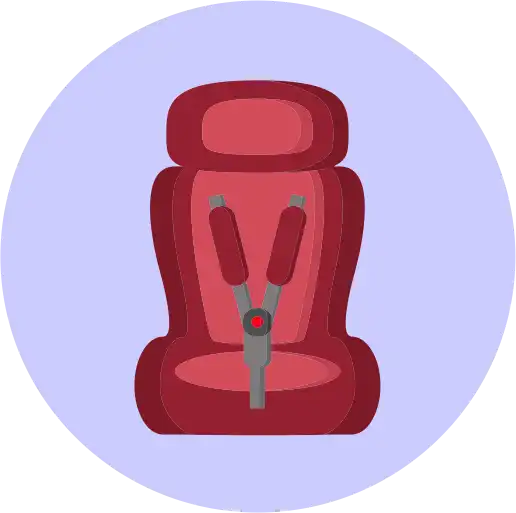
Preventative Measures for Whiplash Injury

Preventative Measures for Whiplash Injury
Taking preventative measures for whiplash injury is beneficial and health-friendly for everyone. Several steps can be taken to help prevent a whiplash injury:
- Always wear a seatbelt when in a vehicle and adjust your seat for maximum support
- Always use the headrests in public vehicles, like buses and trains
- Try to maintain good posture throughout the day, especially if working a desk job
- Regular exercise can help to strengthen the muscles in your neck and shoulders
- Use safety equipment when participating in activities that have whiplash risk
However, developing a whiplash injury is still possible even with these preventative measures. Therefore, if an accident or injury does occur, it’s important to seek medical attention as soon as possible.

Preparing For Whiplash Injury Appointment

Preparing For Whiplash Injury Appointment
Here are some steps to prepare for a whiplash injury appointment. By following these steps, you will be better prepared for your appointment. You will, likewise, be able to make the most of your time with your general practitioner.
- Gather your medical history and any medications you are currently taking.
- Write down all of your symptoms, including when they started and how severe they are.
- Bring relevant documents, including a copy of the accident report, medical reports, etc.
- Make a list of questions that you want to ask your healthcare provider.
- Make sure you have a way to get to and from your appointment.
- Wear comfortable clothing that allows your GP to examine the affected area easily.
Key Takeaways
Whiplash injury is a common and debilitating condition that may have a negative impact on your daily life. Early diagnosis and treatment can prevent the development of more serious or chronic conditions.
Contact us today to learn more about how our team of healthcare professionals can help you recover from a whiplash injury and regain your quality of life.
References and Further Reading
- https://www.nhs.uk/conditions/whiplash/
- https://www.ncbi.nlm.nih.gov/pmc/articles/PMC3460740/
- https://www.hopkinsmedicine.org/health/conditions-and-diseases/whiplash-injury
- https://www.healthline.com/health/whiplash#summary
- https://www.webmd.com/back-pain/neck-strain-whiplash
- https://www.cedars-sinai.org/health-library/diseases-and-conditions/w/whiplash-injury.html
- https://www.spine-health.com/conditions/neck-pain/what-whiplash
- https://journals.lww.com/pain/Fulltext/2022/03000/Whiplash_injuries_associated_with_experienced_pain.11.aspx




